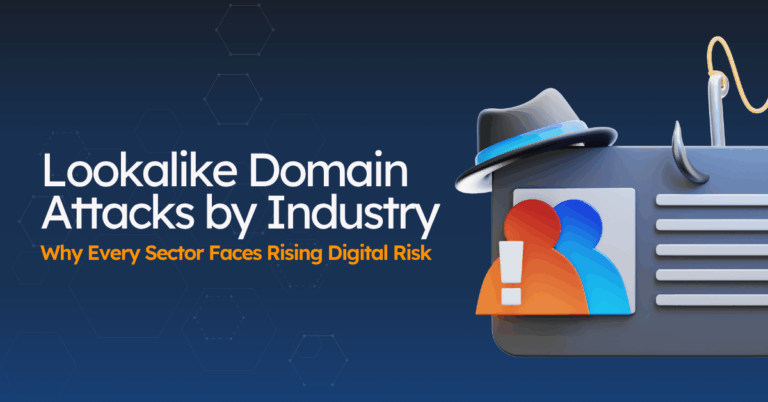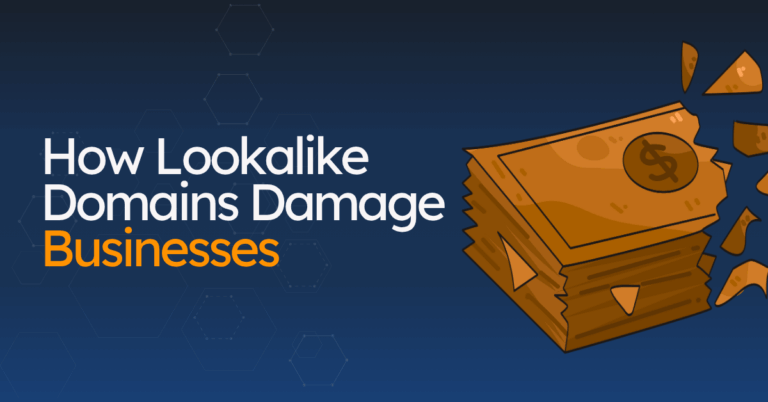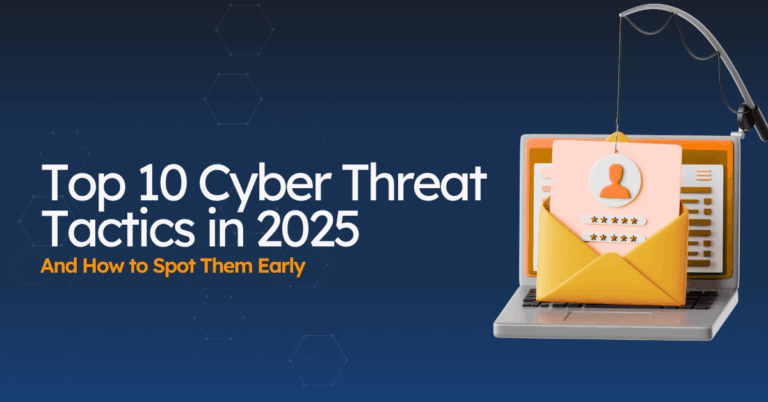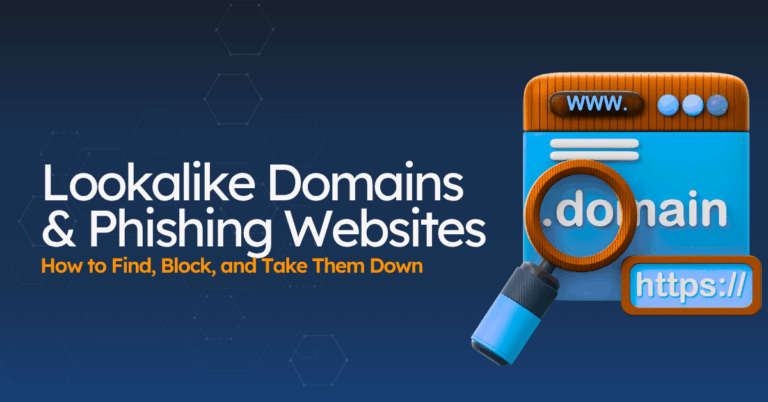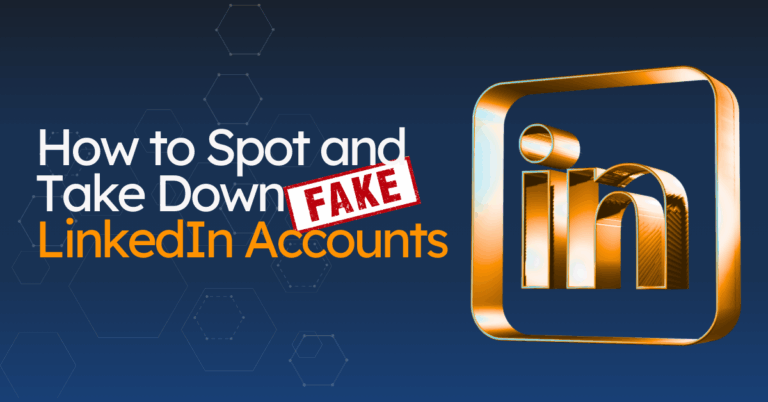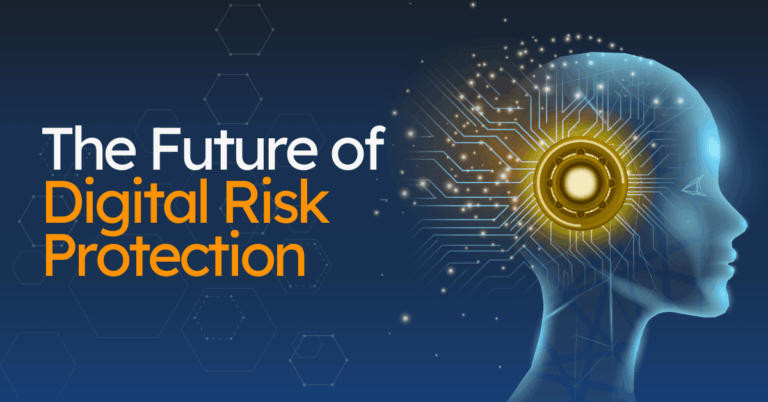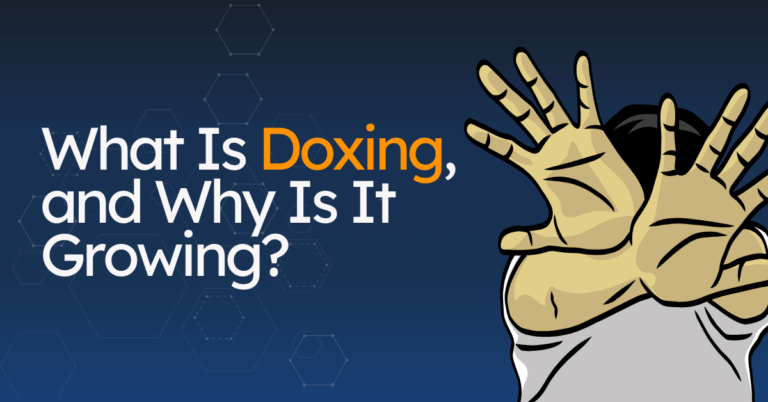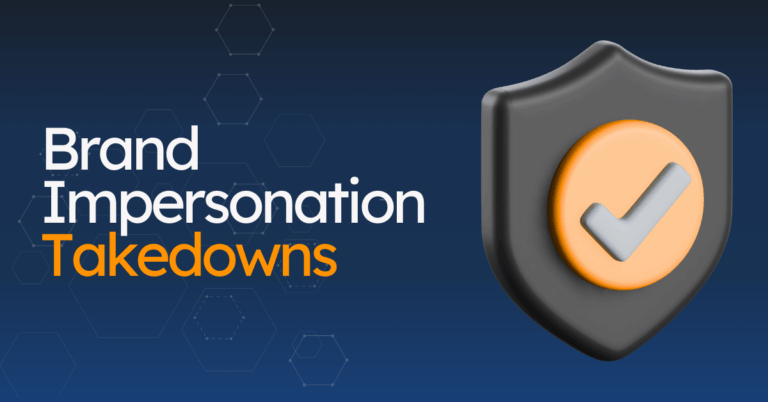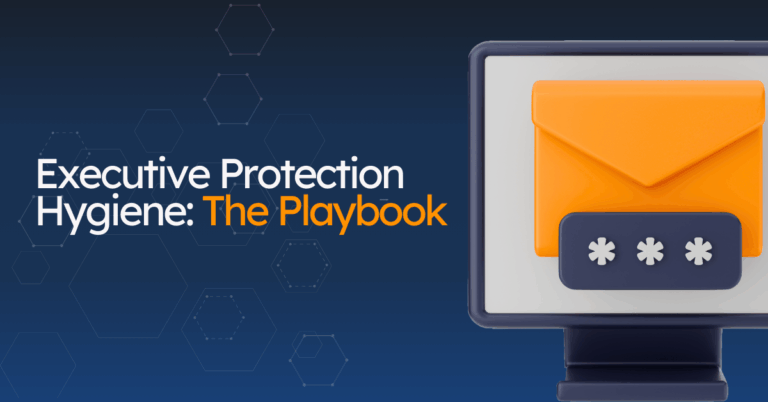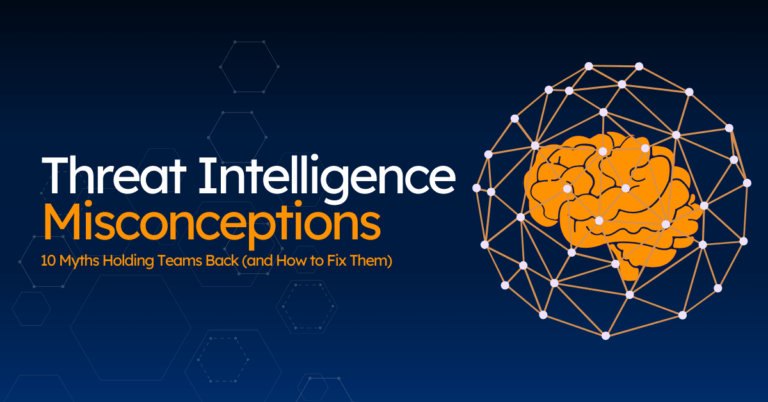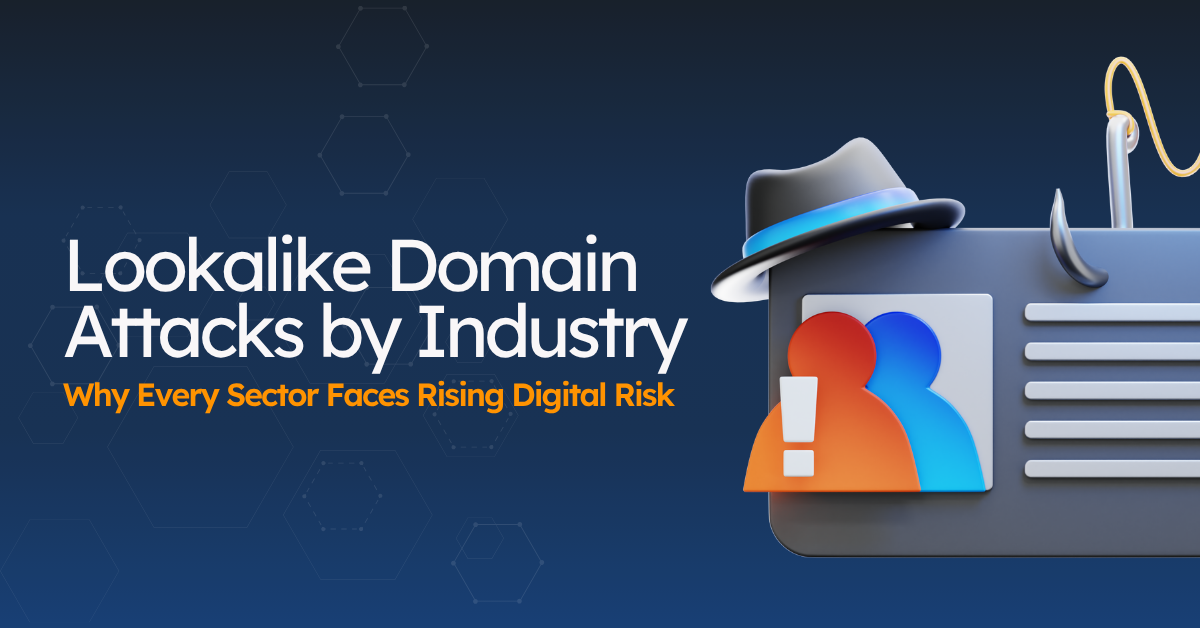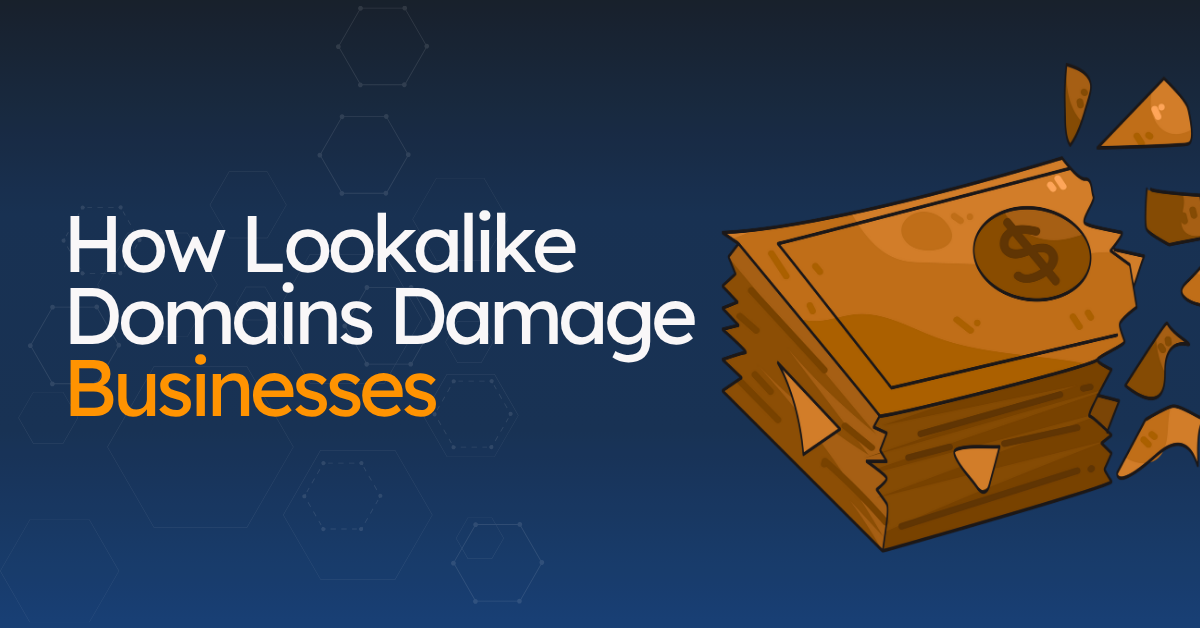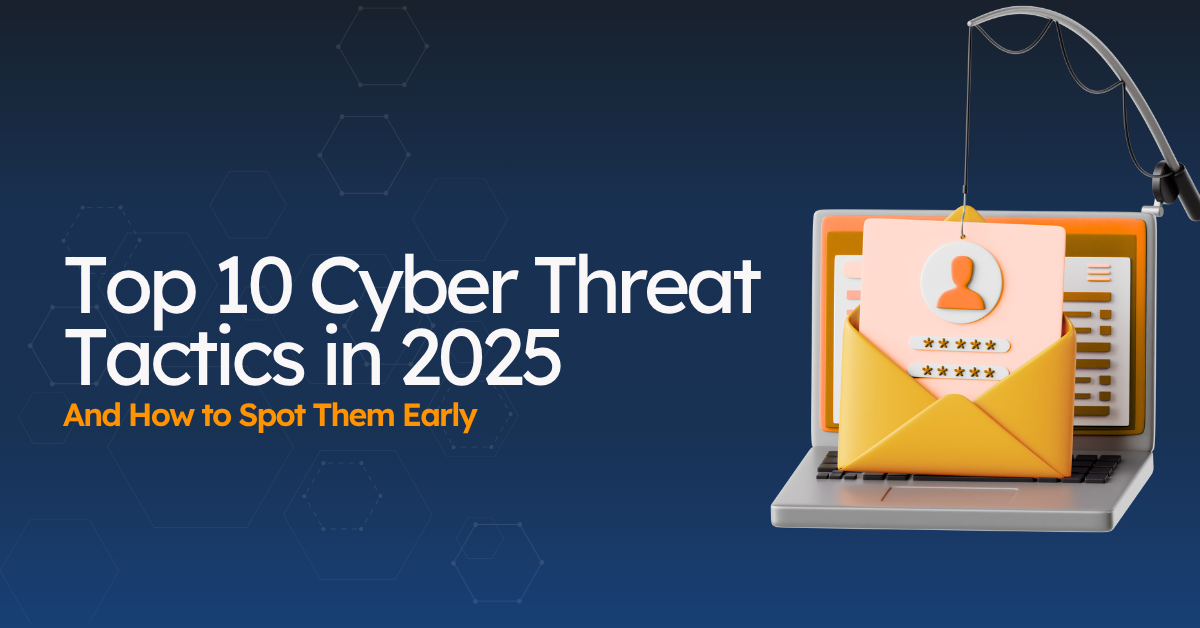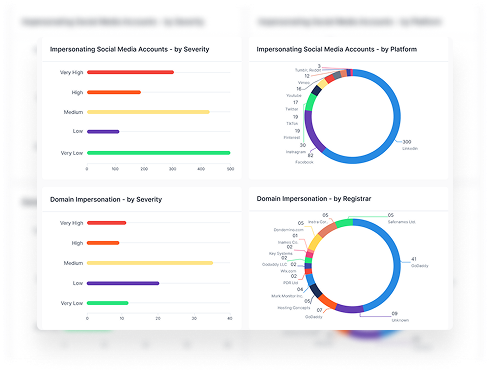Today, your brand doesn’t just live on your website or inside your products.
It lives everywhere — in every search result, every social media account, every customer touchpoint.
It’s in the emails you send, the job ads you post, and even how your executives show up online.
That’s great for growth, but it also means:
- Someone can spoof your domain
- Create fake job ads under your name
- Launch a fake social media account pretending to be your team
- Or leak sensitive information that was never meant to be public
It’s not just hackers targeting firewalls anymore — now they’re impersonating your team, hijacking your logo, and showing up in places you’ve never approved.
That’s why brand protection today means a lot more than just registering a trademark. It’s about actively monitoring, detecting, and responding to threats to your brand across the web.
In this guide, we’ll walk you through:
- What a modern brand protection strategy really looks like
- Where brand infringements actually happen (spoiler: not just on shady websites)
- The tools and tactics behind smart, scalable brand protection efforts
Let’s get into it.
What Is Brand Protection, Really?
Let’s start simple: your brand isn’t just your logo or tagline — it’s the reason why people trust you.
It’s your identity, reputation, and everything your customers, partners, and employees associate with your name.
So, what is brand protection?
Brand protection is part of Digital Risk Protection (DRP). It’s making sure no one’s out there pretending to be you, misusing your name, or spreading false info that damages your reputation.
It’s about catching and stopping:
- Fake websites and phishing domains
- Social media account impersonations
- Scam job listings
- Misinformation and reputation attacks
- Trademark infringement and brand abuse
- Rogue apps or copycat products
These aren’t just legal problems — they’re real-world threats to your brand that show up on major digital platforms, search results, inboxes, marketplaces, and more.
That’s where a strong brand protection strategy comes in. The right tools give you visibility into what’s happening, alert you to brand infringements, and help you take action fast.
Learn more: The Future of Digital Risk Protection
Why Online Brand Protection Matters More Than Ever
Let’s be real — your brand isn’t just on your website anymore.
It’s on LinkedIn, job boards, Slack invites, fake support pages, group chats, dark web dumps, and maybe even a deepfake video you’ve never seen.
The modern digital brand lives everywhere. And that means threats to your brand do too.
Attackers don’t need to break into your systems — they just need to look like you. Or sound like your CEO. Or use your name in a fake job post or even a social media post.

That’s what makes online brand protection such a big deal today:
- You can’t protect what you don’t see.
- You can’t fix what no one’s tracking.
- And you definitely can’t stop threats that look just enough like you to fool everyone else.
This isn’t about old-school IP law or logos on packaging. This is about protecting the way people see, talk about, and trust your company across every digital platform that touches your business.
The Real-World Impact of Brand Attacks
Brand attacks hit where it hurts — your trust, your reputation, and your bottom line.
Let’s break it down:
- A fake executive profile on LinkedIn reaches out to your customers or employees with “urgent” requests.
- A phishing domain mimics your website and tricks people into entering login details.
- A fake job ad scams candidates and damages your employer brand.
- A social post full of misinformation spreads fast — and your team is left scrambling to respond.
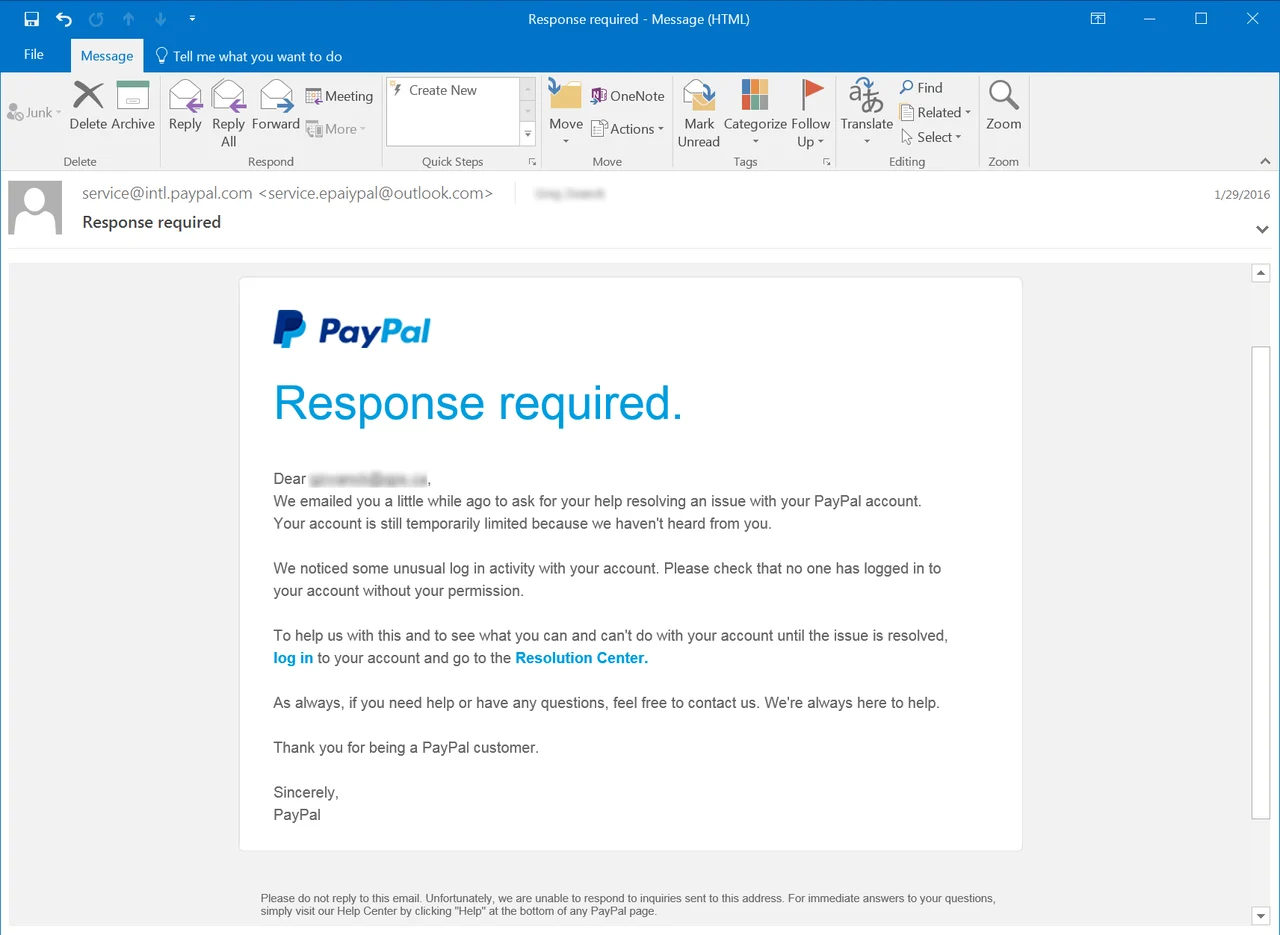
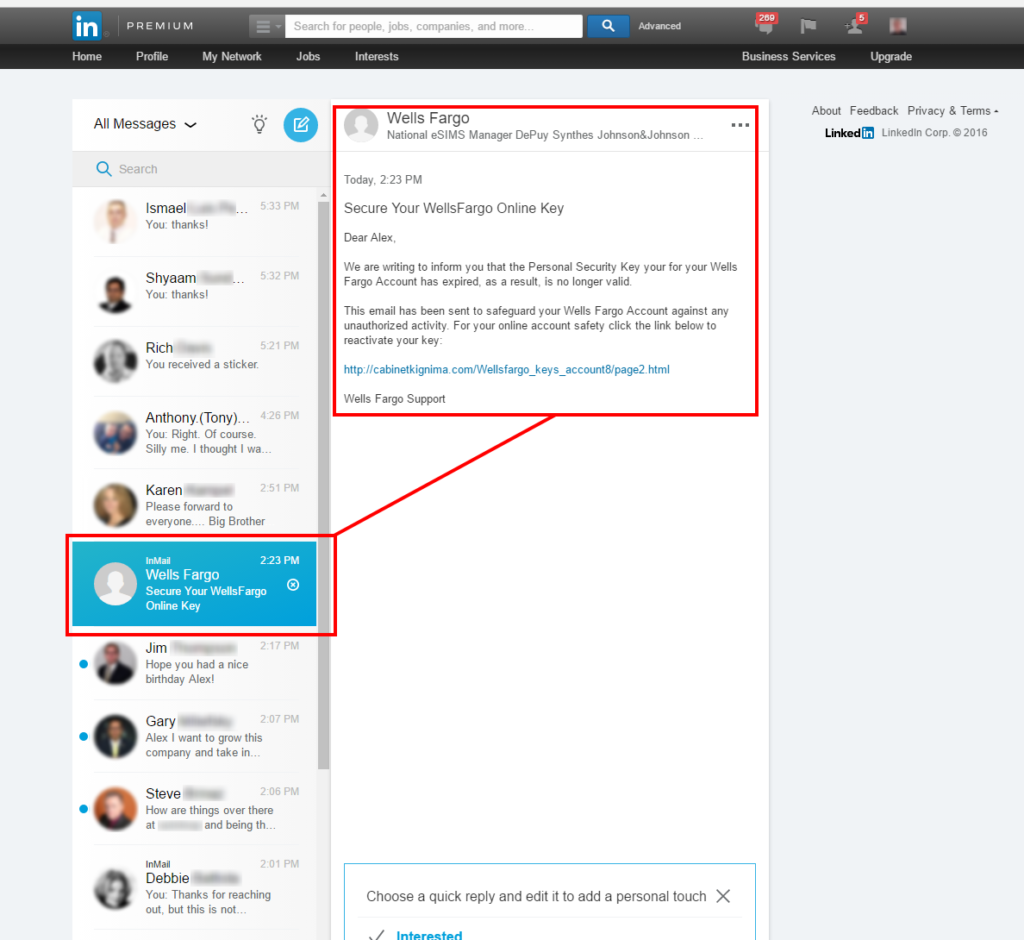
Now multiply that by every platform your brand appears on. Every vendor. Every region. Every team.
What happens next?
- Customer trust takes a hit — people aren’t sure what’s real.
- Sales slow down — especially if fraud or scams start trending publicly.
- Your team loses time — chasing threats instead of building the business.
- Leadership gets nervous — because perception risk feels a lot like business risk.
Here’s the uncomfortable truth: a few bad actors can change how your company is seen, talked about, or trusted — and that directly impacts growth, partnerships, and even investment.
So no, brand protection isn’t just about defending your logo. As we have said a few times already, it’s about defending your identity, trust, and reputation (and all this means protecting your business growth as well).
Learn more: 7 Costly Ways Brand Impersonations Are Hurting Your Business.
The Most Common Types of Brand Attacks
Not all brand attacks look the same — but they all mess with trust. Here are the ones we see most often:
- Brand impersonation: Fake LinkedIn accounts, spoofed emails from your execs, or copycat brands trying to pass as you. It’s more common than you think.
- Fake job listings: Scammers post fake roles under your name, collect personal data, or trick people into paying fees. Bad for candidates, worse for your brand.
- Phishing domains: Lookalike URLs set up to steal credentials, distribute malware, or just confuse your customers.
- Social media misinformation: False claims or misleading narratives spreading across Twitter, Reddit, or TikTok. Welcome to PR crisis mode.
- Spoofed emails – Messages that look like they came from your team. Spoiler: they didn’t.
- Trademark abuse & brand infringement: Unauthorized use of your name, logo, or identity — often to sell fake stuff or run scams.
- Rogue mobile apps: Fake apps pretending to be you. Sometimes filled with malware. Sometimes just sloppy clones.
- Counterfeit products: Knockoff versions of your stuff, often with your branding slapped on. Quality? Nope.
- Spoofed websites: Sites built to look exactly like yours, sometimes with a login page, payment form, or fake customer support.
And for you to know… these aren’t rare. They’re happening right now across industries, regions, and platforms.
Let’s talk about where these brand attacks are happening.
Btw, Learn how takedowns work, especially when dealing with brand impersonation attacks.
Where Brand Attacks Actually Happen
Brand threats don’t just live in shady corners of the internet. Most of them show up in places people trust and use every day.
Here’s where they tend to pop up:
- Search results: Spoofed sites or phishing domains can rank right next to your real website.
- Social media platforms: Think fake brand profiles, misleading posts, or imposters pretending to be your team. (By the way, check out our social media & News monitoring solution)
- Job boards: Fraudulent listings using your company name to lure applicants.
- App stores: Rogue apps with similar names or branding that confuse users (or worse, steal data).
- News sites and forums: Here is where misinformation and false narratives about your brand can gain traction.
- Email inboxes: Spoofed messages that appear legit, often using familiar names or internal language.
- Dark web and breach forums: Leaked credentials, stolen brand assets, and chatter that could point to future attacks.

Bottom line: your brand exists across a lot of places. Brand protection means keeping an eye on all of them — not just your domain and email.
What Brand Protection Helps You Protect
Being honest, no tool will stop every threat. But a solid brand protection strategy puts you back in control — and that means fewer surprises, faster responses and takedowns, and less damage when something does go wrong.
Here’s what you’re actually protecting:
- Customer trust: People expect to know who they’re dealing with. When they fall for a scam using your name, trust takes the hit — even if it wasn’t your fault.
- Your reputation: False narratives, impersonations, and misinformation can change how the world sees you — fast. Brand protection helps you spot and stop that before it spreads.
- Revenue and business growth: Scams and brand confusion don’t just hurt perception — they impact sales, customer retention, and partner confidence.
- Your team’s time: It’s way cheaper (and calmer) to detect early and act fast than to clean up a crisis later.
- Compliance posture: Monitoring and reporting tools help you stay ahead of regulations, audits, and industry requirements.
- Your executive leadership: Fake profiles and impersonation attempts aren’t just annoying — they’re dangerous. Protecting leadership is part of protecting the company.
You can’t prevent everything. But with the right tools and strategy, you can spot issues early, respond with clarity, and show progress to leadership, customers, and partners.
How Brand Protection Strategy Works
So, how do you actually do brand protection?
It’s not just one team or one department — it’s a set of steps that help you stay aware, stay ahead, and take action before things blow up. (The good news? You can manage all of it from one platform.)
Here’s what a real strategy looks like:
- Identify your brand assets
Start with what’s yours: your domains, social handles, exec profiles, public content, and brand identifiers. You can’t protect what you don’t know exists. - Analyze gaps and exposure
Look for weak points — like inactive social accounts, similar-looking domains, or exposed credentials. Are there places attackers could jump in and pretend to be you? - Monitor continuously
Things change fast. Your brand shows up on news sites, social platforms, forums, marketplaces, and even the dark web. You need real-time visibility — not a one-time report. - Prioritize what matters
Not every alert is a crisis. A good brand protection strategy helps you focus on what could actually hurt your trust, your team, or your customers — not just what’s noisy. - Remediate quickly
When you see a threat — fake domain, impersonation, scam job listing — act. Built-in takedown workflows make it fast and simple. No emailing around for weeks. - Report clearly
Show progress. Whether it’s the board, your CISO, or your comms team, role-based reports help everyone stay aligned and act quickly when it counts. - Stay informed
New attack trends pop up constantly — AI-generated scams, deepfakes, targeted impersonation. The right platform keeps you plugged in, not playing catch-up.
Remember: It’s not just about fixing problems — it’s about building trust, staying proactive, and keeping your brand strong in the long run.
When Trust Takes a Hit, So Does Everything Else
As you know by now, your brand isn’t just your colour palette or your tagline — it’s how people feel about doing business with you.
Trust is the thing that keeps customers loyal, partners close, and investors confident. And when that trust gets shaken? Everything slows down — or worse, starts slipping.
Misinformation, executive impersonations, fake job offers, or even one convincing phishing site can make people question whether you’re the real deal.
And that affects:
- Customer decisions — People don’t buy from brands they don’t trust.
- Partnerships — Partners get spooked when they see your name wrapped up in fake pages or scams.
- Investor confidence — Credibility matters. So does public perception.
- Sales cycles — When trust drops, so does speed. Deals take longer. People second-guess.
- Employee morale — Nobody wants to explain that a fake profile scammed a candidate or customer.
You can’t stop bad actors from trying — but you can limit the impact. Brand protection isn’t just about stopping threats — it’s about preserving what makes your business grow: credibility.
Because in the long run, protecting your brand means protecting your future.
Do You Actually Need Brand Protection?
You don’t have to be a Fortune 500 to care about brand protection. But here’s how you know it’s time:
- You’ve built (or are building) a brand people recognize and trust.
- You rely on digital platforms to connect with customers, partners, or recruits.
- Your team or leadership is active on social media.
- You care about how your company shows up online — and what happens if someone fakes it.
Whether you’re a fast-growing startup or an established enterprise, if you’re online, you’re exposed. And today, that exposure is part of your attack surface.
The question isn’t if someone will impersonate, misuse, or misrepresent your brand — it’s when. The right protection helps you stay ready, respond fast, and keep control over how the world sees you.
Ready to see where you stand?
Get a free Digital Risk Score to see how exposed your brand really is — including domain issues, IP reputation, impersonations, and more. You’ll also get tailored insights to help you strengthen your protection where it matters most.
Finally, if you want to chat with us, book a demo here 🙂.


